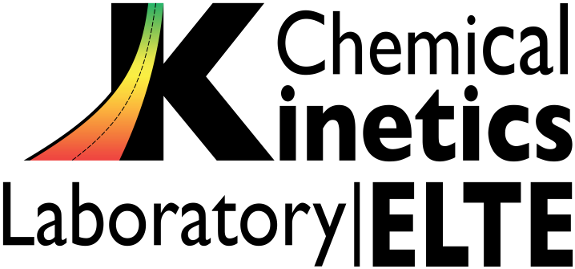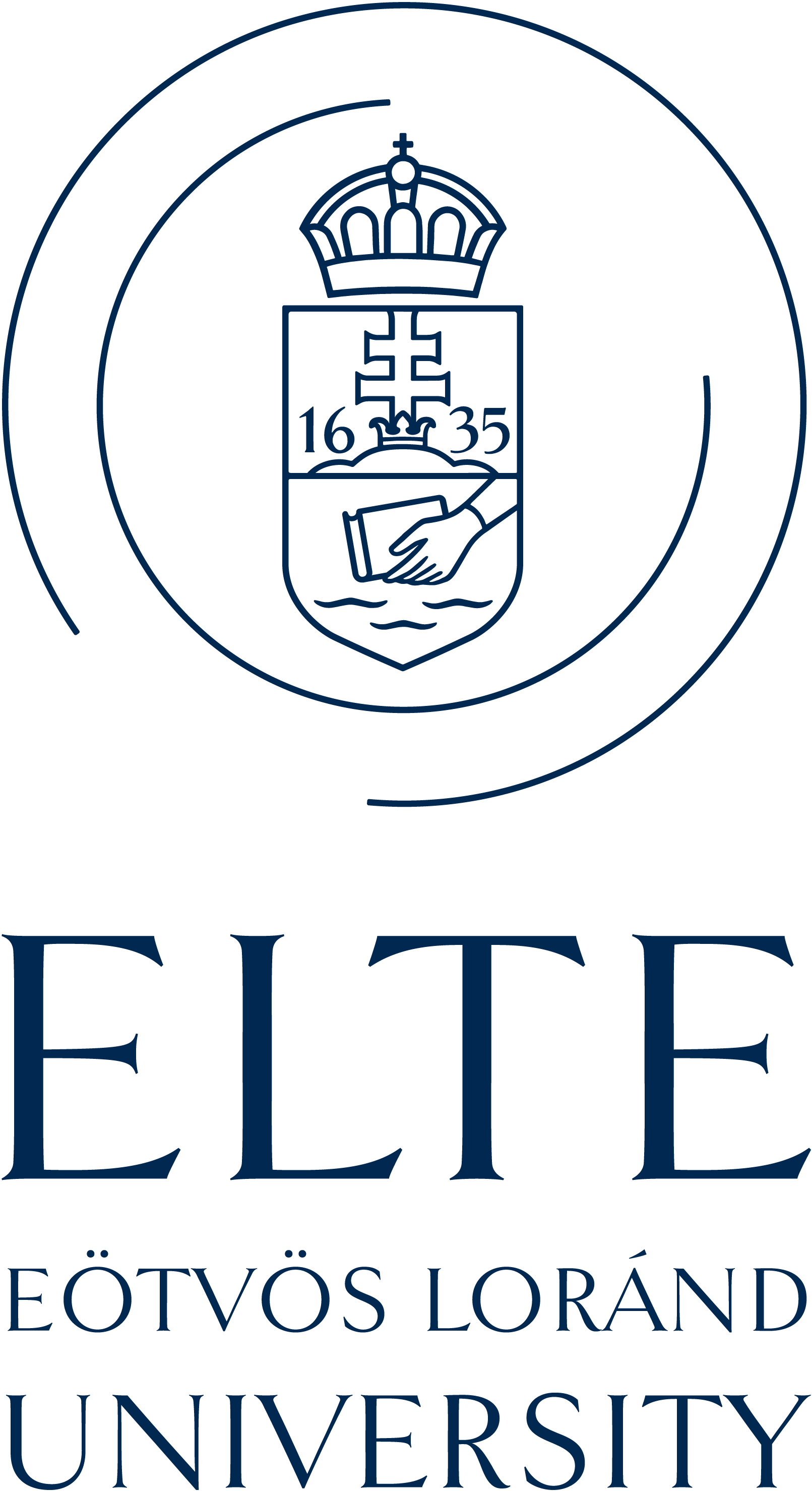Determination of rate parameters via least-squares-fitting to the experimental data. We offer the application of the toolbox that had been developed for mechanism optimization. It allows the integration of own experimental data with external published experimental data and results of theoretical works. This allows a higher level extraction of the information content of experimental data.
Selected publications:
Zsély et al.: Determination of rate parameters of cyclohexane and 1-hexene decomposition reactions, Energy, 43, 85-93(2012)
Varga et al.: Kinetic analysis of ethyl iodide pyrolysis based on shock tube measurements, Int.J.Chem.Kinet., 46, 295–304 (2014)
Samu et al.: Investigation of ethane pyrolysis and oxidation at high pressures using global optimization based on shock tube data, Proc. Combust. Inst., 36, 691–698 (2017)
Samu et al.: Determination of rate parameters based on NH2 concentration profiles measured in ammonia-doped methane/air flames, Fuel, 212, 679-683 (2018)
Buczkó et al.: Formation of NO in high temperature N2/O2/H2O mixtures - re-evaluation of rate coefficients, Energy & Fuels, 32, 10114–10120 (2018)
Kovács et al: Determination of rate parameters of key N/H/O elementary reactions based on H2/O2/NOx combustion experiments, Fuel, 264, 116720 (2020)
We have developed a series a methods for the investigation and reduction of detailed reaction mechanisms. Simulation error minimization (SEM) is the most efficient method for making skeleton mechanisms, in terms of the size of the final reduced mechanism at a predetermined fixed error level. Determination of the domain of uncertainty of the Arrhenius parameters from the temperature-dependent uncertainty of rate parameters is a crucial ingredient of the uncertainty analysis of chemical kinetic systems. We have developed a generalized HDMR method for the global uncertainty analysis of correlated parameters. Sheen and Manion suggested a method for the design of shock tube experiments based on differential entropy. Their method was modified and extended.
Selected publications:
Nagy & Turányi: Reduction of very large reaction mechanisms using methods based on simulation error minimization, Combust. Flame, 156, 417–428 (2009)
Nagy & Turányi: Uncertainty of Arrhenius parameters, Int. J. Chem. Kinet., 43, 359–378(2011)
Nagy & Turányi: Determination of the uncertainty domain of the Arrhenius parameters needed for the investigation of combustion kinetic models, Reliability Engineering and System Safety, 107, 29–34 (2012)
Valkó et al.: Investigation of the effect of correlated uncertain rate parameters on a model of hydrogen combustion using a generalized HDMR method, Proc. Combust. Inst., 36, 681-689 (2017)
Valkó et al.: Investigation of the effect of correlated uncertain rate parameters via the calculation of global and local sensitivity indices, J. Math.Chem., 56, 864-889 (2018)
Valkó et al.: Design of combustion experiments using differential entropy, Combustion Theory Modelling, in press (2022)
Most of our recent papers are in the field of combustion chemistry, but previously we published a series of systems biology works in collaboration with molecular biologists. These papers dealt with cell cycle modelling, bacterial chemotaxis models and HIV virion maturation.
Selected publications:
Lovrics et al.: Time scale and dimension analysis of a budding yeast cell cycle model, BMC Bioinformatics, 7:494(2006)
Lovrics et al.: Analysis of a budding yeast cell cycle model using the shapes of local sensitivity functions, Int.J.Chem.Kinet., 40, 710-720 (2008)
Danis & Turányi: Sensitivity analysis of bacterial chemotaxis models, Procedia Computer Science, 7, 233–234(2011)
Könnyü et al.: Gag-Pol Processing during HIV-1 Virion Maturation: a Systems Biology Approach, PLoS Comput. Biol., 9(6) e1003103 (2013)
Previously we published a series of papers in the field of atmospheric chemistry and atmospheric modelling.
Selected publications:
Zádor et al.: Measurement and investigation of chamber radical sources in the European Photoreactor (EUPHORE), J.Atmos.Chem., 55, 147-166(2006) .
Lagzi et al.: Photochemical air pollutant formation in Hungary using an adaptive gridding technique, Int.J. Environment and Pollution, 36, 44-58(2009)
Mészáros et al.: Effect of the soil wetness state on the stomatal ozone fluxes over Hungary, Int.J. Environment and Pollution, 36, 180-194(2009)
Mészáros et al.: Effect of the soil wetness state on the stomatal ozone fluxes over Hungary, Int.J. Environment and Pollution, 36, 180-194(2009)
Testing combustion mechanisms and mechanism optimization included that we collected many recent mechanisms for the combustion of hydrogen, syngas, methanol, ethanol, methane, butanol and ammonia. Also, we collected several combustion NOx mechanisms.
The mechanism collection is available from web site http://respecth.hu
The mechanism collection is available from web site http://respecth.hu

